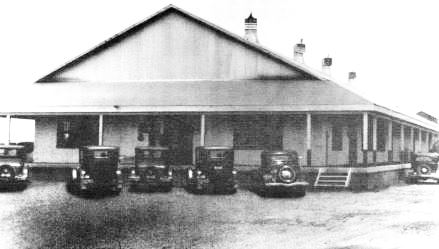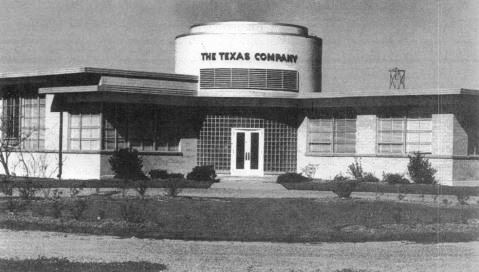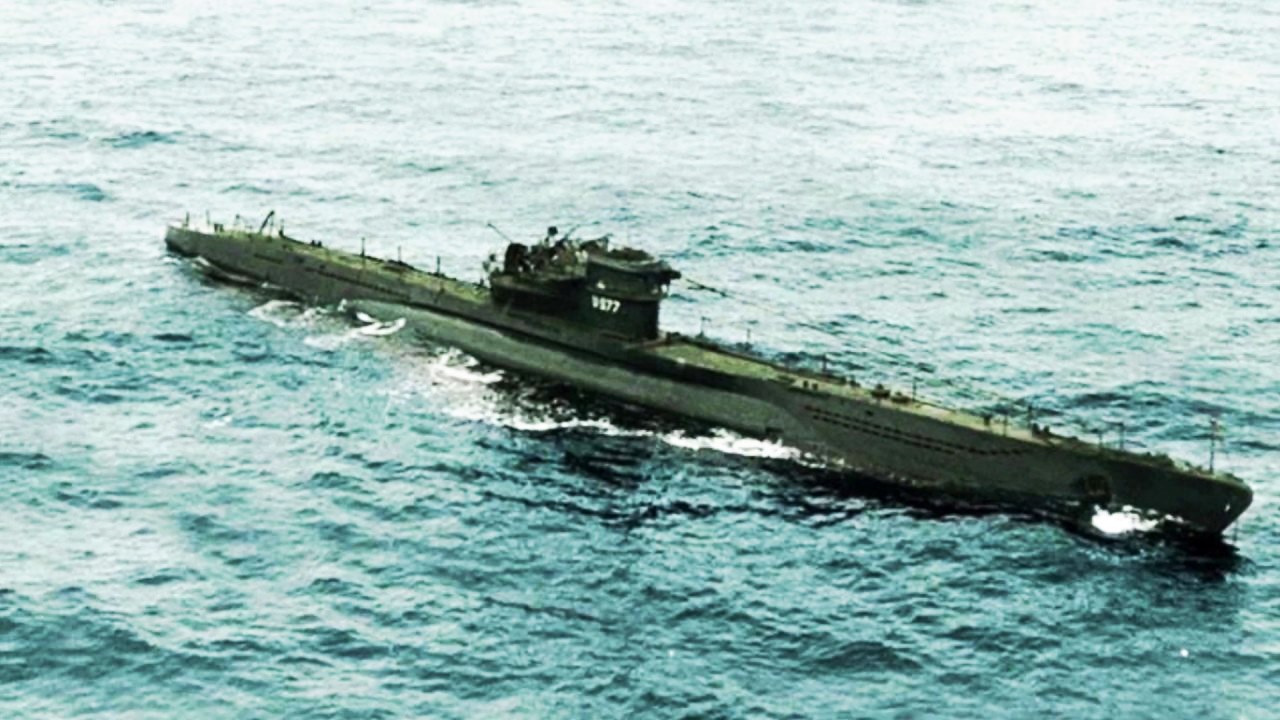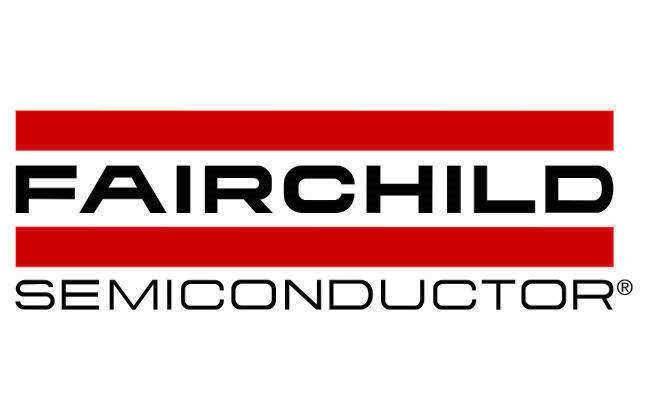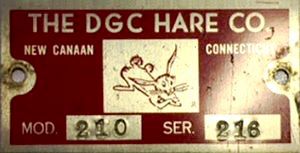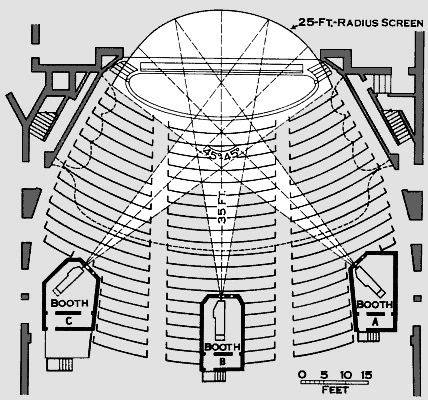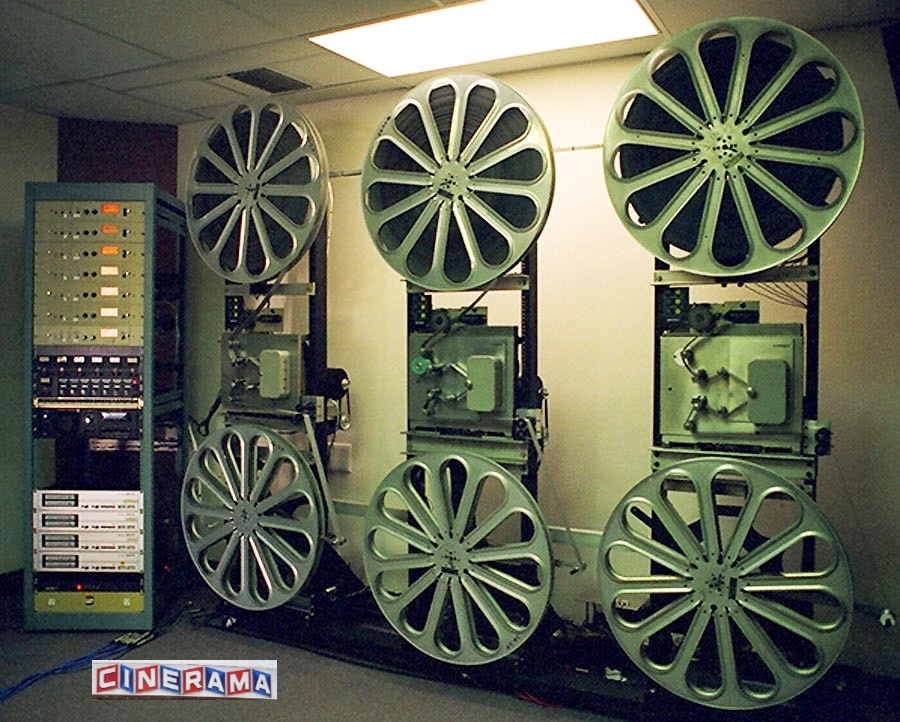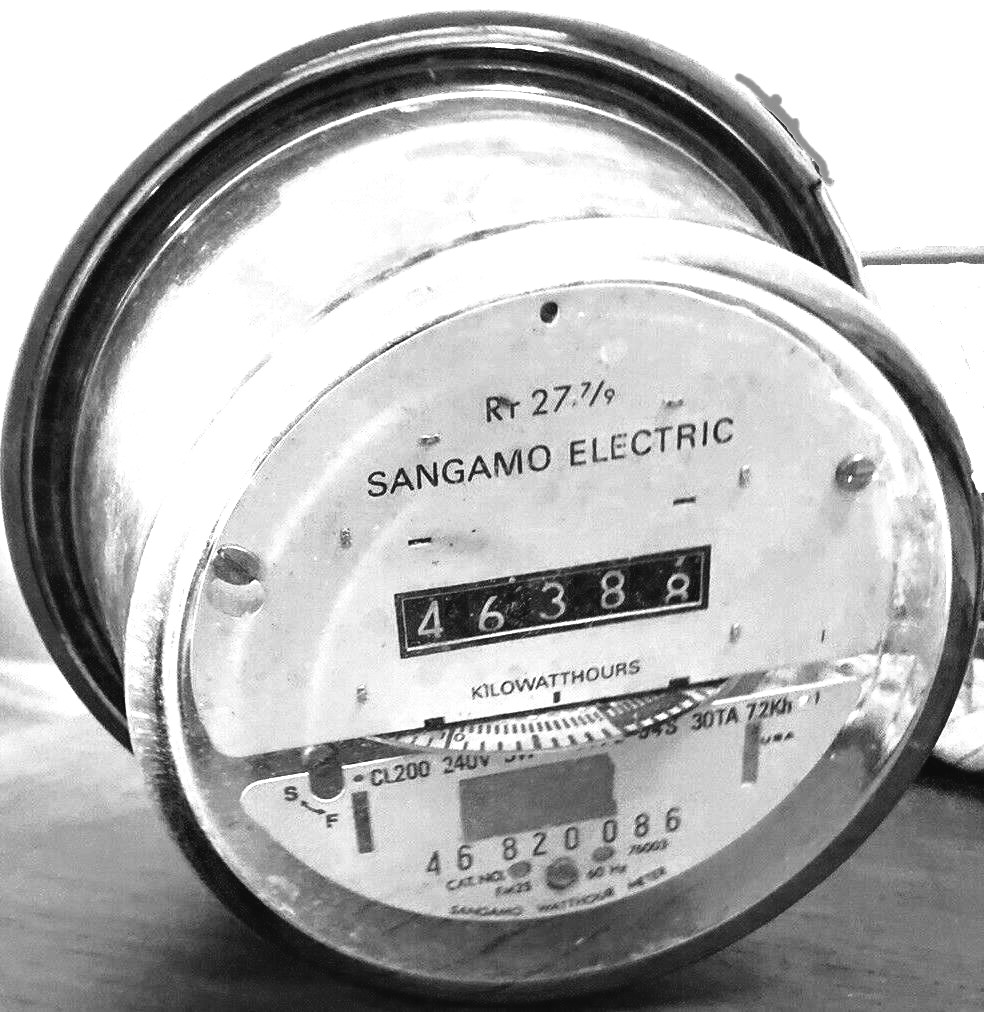Fresno and Stanford
Donald George Corkhill Hare
The Parents
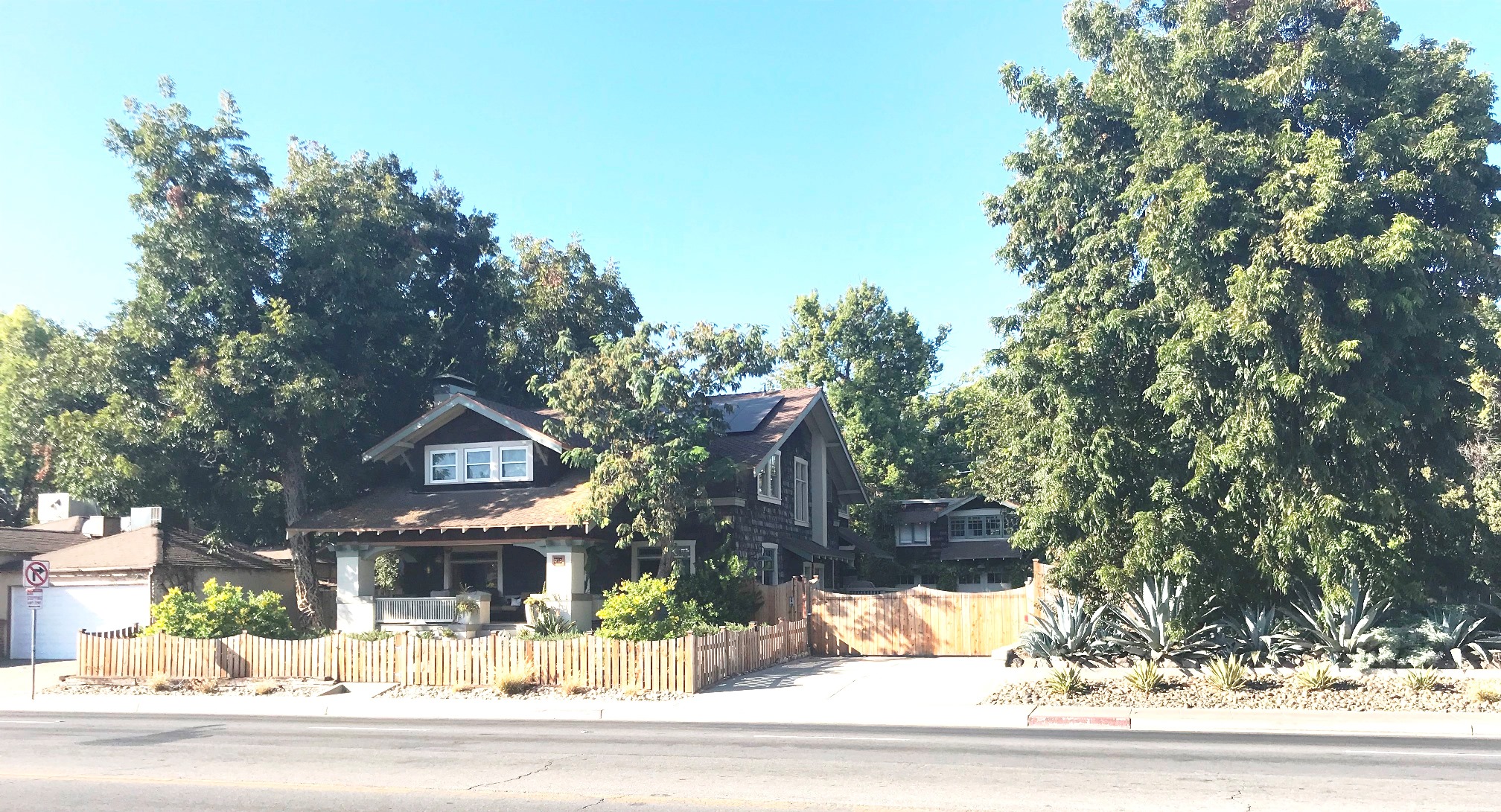
Behind the house you can see the building that Hare's parents practiced medicine
Donald Hare was the youngest child. Donald, did not have a typical childhood as he had no friends his own age. The two brothers and two sisters he had were much older and had their own interest and friends. Donald was not generally included in their activities. His parent's doctor's office was not a suitable playground. He spent a lot of time by himself or around adults. After school he had to fend for himself. He often wandered in an out of the small medical complex his parents had and saw people with problems and in pain waiting to see his father or mother. Donald had no stomach in becoming a medical doctor, although the medical books in his father's office fascinated him. One day he discovered Gray's Anatomy. At every opportunity he retired into his room, where he would spend hours reading and study the illustrations. From that book he learned Latin, and about sex.
Because both parents were usually involved with patients, and his older siblings had their own lives, and interests that did not intersect with his, Donald never experienced solid family relationships. Occasionally an older brother would play cards or chess with him, but there were few activities that involved the whole family.
Donald and his father were not close. His father liked to be the center of attention and the organizations he belonged to facilitated that, and he devoted much of his time to them at the neglect of his practice and his family. Having a strong interest in scientific training of medical students, The American Academy of Medicine elected George president for 1916-1917. Twice he was elected as Vice President of California State Medical Society, and as a member of the House of Delegates of the American Medical Association from 1912-1915. He was also a prominent member of several social and philanthropic organizations in Fresno. He was a dapper dresser and fast and loose with his money, some of which had been borrowed from relatives.
Donald was originally enrolled in a school run by the church his father was devoted to. Donald was often suspended and sent home by the school to be disciplined by his father. After a scolding from his parents and an additional contribution to the church by his father, Donald would be reinstated. Neither his parents or his teachers realized the problem was boredom from the lack of challenge presented by his schoolwork, and that Donald was quite intelligent. At the age of seven he completely disassembled a clock and put it back together. He built a shortwave radio and was interested in guns and explosives. He once put a bullet on a stone and struck it with a hammer. Fortunately, the lead bullet and the brass casing went different ways and did not hit him. The downside? The bullet did put a dent in the side of his mother's Buick.
Donald's interest in electricity was sparked by watching his father wind transformers and experiment with electricity in constructing his x-ray machines. Donald took to his own experimenting with electricity and blew so many fuses in his father's shop that he ran down to the hardware store and bought his own secret supply of replacements.
Donald wanted to go to public school and his antics were primarily aimed at being taken out of the parochial school and be allowed to attend the public school. His parents were not interested in his desires until he came home one day and told his parents about two teachers in a compromising situation in the backseat of a car. They decided to enroll him in public schools.
In the 20s California was hit by a sudden fall in the price of produce and experienced a severe drought. Donald's parents had expected to retire from the medical practice to live comfortably on their investments in the orange groves and vineyards. They were not novices when it came to growing grapes, even oranges. But they had bought into the business at high prices and with little equity. At the time it was said that the Bank of America was the largest landowner in the state from so many foreclosures and as a result it was in financial difficulty. This economic situation meant that both his parents had to continue practicing medicine to pay their bills.
The father had neglected his practice and the mother never had a lucrative medical practice as women doctors at the time were not widely accepted even by women. In desperation his mother, took a job as a company doctor at a logging camp high in the Sierras. It was the best she could do to earn money for the family. The lumber company was fortunate to get her since medical doctors were in short supply right after World War I. Donald spent some time with his mom up in the camp.
Donald graduated from Fresno High School in 1924 and he knew that he could not expect his parents to pay for his college. He had grown tall, over 6 feet with a slender, athletic build. Tennis was his favorite sport in school. But now he found himself having to take a job with the Pacific Telephone and Telegraph company as a helper lineman.
Card Shark
For awhile Hare financed his tuition at Stanford as a card shark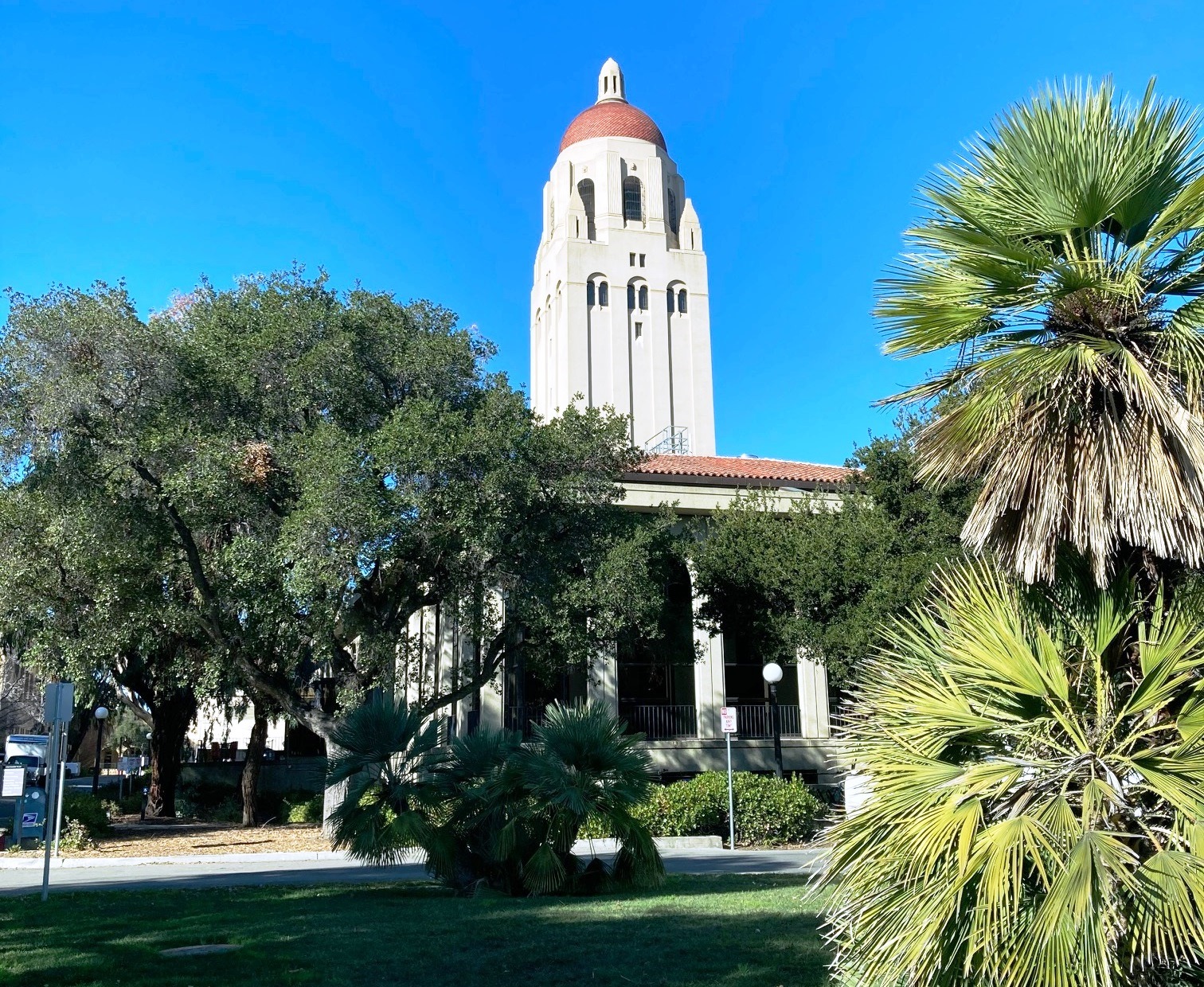
On payday several his workers would get together and play poker. They thought the new kid would be an easy mark, but they soon found out that was not the case. One of his older brothers played cards with him and taught him both poker and bridge. Donald, who had total recall was able to count cards, which he used to his advantage. This was a skill he would use in the future. Soon he learned how to play pool and snooker. It was said he could hold his own in a friendly game.
After two years he quit the telephone company and enrolled in Fresno State College. He worked in a sandwich shop and took a summer job in the kitchen of a hospital. The breakfast shift started at four in the morning and his first assignment that first day was to shell several cases of eggs and place them in trays for baking in the oven. That first day he did some quick mental calculation and realized the breakfast for the patients would not be ready until 10 instead of the customary seven. He quickly learned how to break two eggs at a time in each hand. Years later when questioned about this he would proceed to demonstrate that he could still do it.
He enrolled in a machine shop class to learn about machining. Having learned Morse code when he was 12, he spent one summer with a job on a tramp steamer as the radio operator for a trip out to Hawaii and back. After two years at Fresno State he went back to the telephone company for a year and that convinced him he had to have a college education. He quit the telephone job for a second time right as the great depression was taking hold in 1930. It was the second one in the past 10 years for the state of California.
At 23 Donald decided to go enroll at Stanford and did so not knowing from one school quarter to the next if he would earn enough to stay in school. He arrived at Stanford with $50 in his pocket and took a job, again making sandwiches. He bought a Model A with some poker winnings and decided another way to make money would be to continue to play poker. He decided which fraternity to join by the ones that had the most expensive cars parked in front of them. He chose the Alpha Tau Omega fraternity based on the economic wealth parked in front. The fact that his father, mother, and older brother were medical doctors seemed like insurance of his acceptance by the fraternity. Thankfully, none in the fraternity knew of his precarious financial condition. To them he was just another rich kid from a family of doctors.
He found he could make money playing poker with his fraternal brothers. He also had a Saturday night job playing the ukulele in a band. But he was still not making enough to cover tuition.
The poker games continued, and Donald thought that he was not winning too much and that he would stay under the radar, so to speak, with his fellow players. But eventually it got to the dean from parents of his fellow players that he was winning a good part of their kid's monthly allowances. The Dean told him to stop, or he would be expelled from school. No more poker playing put a big dent in his finances.
He went looking for a job as a waiter at a local resort, but saw upper-class ladies playing bridge, and decided to go to the activities director and make a pitch to teach women how to improve their bridge game. He had a tryout with the ladies, they liked him, and he had a job that he could work around his classes. He made more money than playing poker. That summer he went back home to Fresno with $500 and a used Buick.
Graduate School
He finished his degree in science in 1931 but since the country was in the mist of the great depression, he could not find any work as a freshly minted science major graduate. To make things worse a lot of workers and dust bowl farmers had migrated to California looking for nonexistent jobs. What compelled him to stay in school is he discovered he could make more money by staying in school and thus decided he was going to graduate school.During graduate school he found himself on an elevator with J Robert Oppenheimer and another scientist. Oppenheimer would later lead the atomic bomb project. Hare listened to the two's conversation and later said that "they were so far above my head I felt like a blithering idiot."
Hare received his doctoral degree in physics during the heart of the depression. From then on for the rest of his life he was known by most as Dr. Hare. While he wanted to stay on at Stanford and teach, his recalcitrant attitude at times had not endeared him to some of the higher tenured faculty, and there was no offer to stay on.
Also, during college, he was briefly married for the first time after a woman he was dating became pregnant. They split up not long after a son was born. Hare only saw this son once, in the late 60s, for a very brief and awkward meeting when the son came to see him.
